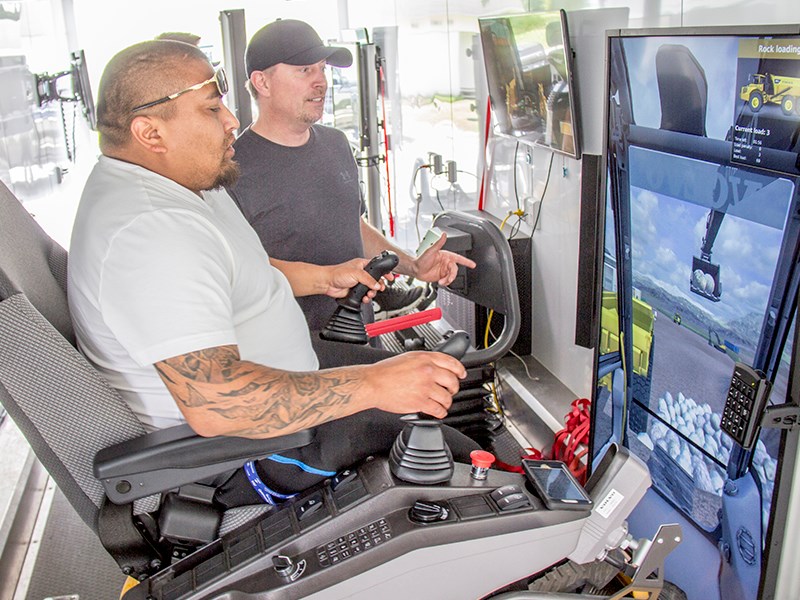Recognizing trades jobs as opportunities for its citizens, Tla’amin Nation is creating a skilled workforce with training support from the Powell River campus of Vancouver Island University (VIU).
With a growing need for skilled tradespeople in Canada, a trained first nations workforce representing the fastest growing demographic in the country is positioned to fill employment demands in oil, gas, forestry, energy and mining industries.
A training plan developed with VIU involves providing individuals with qualifications to access those jobs and earn a livelihood, according to Tla’amin community development officer Roy Francis.
“We’re looking at areas of training that will be of benefit to our own citizens, and we’re looking at ways of getting citizens to a place of employment,” said Francis. “That’s a really important goal for us, supporting our citizens to get there.”
Since January 2016, 84 Tla’amin citizens have gone through various VIU training programs. Courses currently being taught include the Enhanced Construction Craft Worker (ECCW) program, which is delivered in partnership with Powell River Educational Services Society and North Vancouver Island Aboriginal Training Society, and the Heavy Equipment Operator (HEO) training program, which is being taught in Tla’amin. Both programs include Red Seal certification.
The HEO course requires students to spend a certain number of hours on heavy equipment and in simulators at VIU’s Nanaimo campus.
“To cut down on the time community members have to spend in Nanaimo we are delivering the first half of the course with the simulators here,” said VIU coordinator of first nations and school district programs Julie Froekjaer-Jensen.
Current student Stewart Louie previously trained and worked as a welder and carpenter. He said he is taking the HEO program because he has always wanted to run machines.
“Moving big things and digging big holes is something I’ve always wanted to do,” said Louie. “It’s like playing with big-boy toys.”
HEO instructor Kevin Levins said he learned the trade the old-fashioned way by jumping into a machine whenever possible. He said simulators open the door to a new way of hands-on learning.
“They allow anybody to experience the operation of a particular machine, whether it be a construction or forest machine,” said Levins, “and learn what the controls do and have a feel for what it would be like in the actual seat.”
Louie is one of seven individuals currently enrolled in the HEO program who are almost ready to take the next level of training. Upon completion, they will be employable for heavy equipment work.
“We have an employment component in the training,” said Froekjaer-Jensen. After training, VIU provides a bridge to a job, she added.
Half of the ECCW students will be employed by Catalyst Paper Corporation during its scheduled shutdown in Powell River this year. Jobs will also be available at Outdoor Learning Centre at Haywire Bay Regional Park, said Froekjaer-Jensen.
With only about 200 construction craft workers in the province, the ECCW program will provide much-needed skilled workers for BC, she added.
Francis said the end result of training makes Tla’amin citizens employable anywhere, including for projects planned by the nation.
“We will be needing trades-type people in housing development we’re contemplating,” he said. “We envision building subdivisions, building new homes, building roads and laying pipe. That involves a whole range of trades needs that we’re going to have.”



